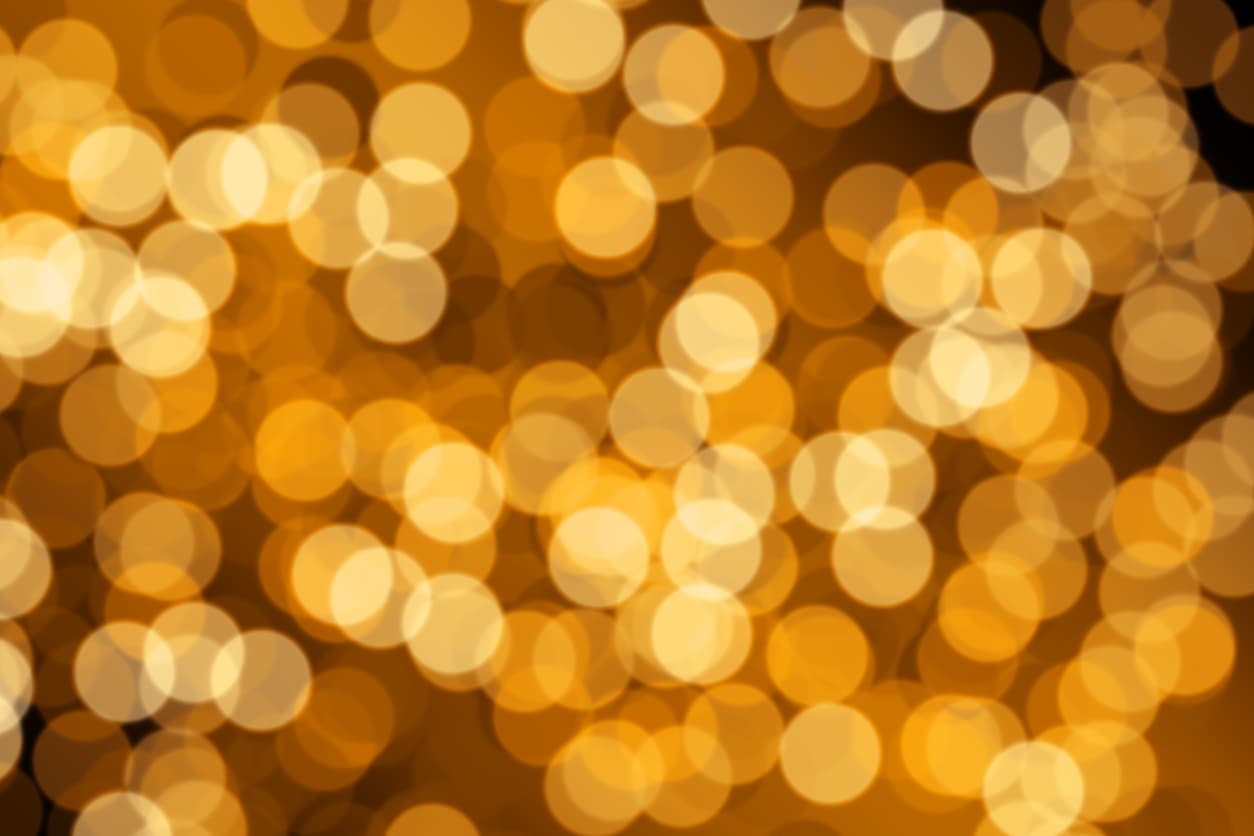Page last updated:
Monday, 21 July 2025
This drug-free approach to psychedelic therapy has shown promising results in treating a range of mental health conditions, including depression and anxiety, and has the potential to offer a safe and effective alternative to traditional psychedelic therapies that rely on the use of drugs.
Reviews from

Stroboscopic Light Therapy is a form of therapy that involves the use of light frequencies to induce altered states of consciousness, similar to those experienced with psychedelic substances, but without the use of drugs. This therapy utilises a specialised light-emitting device to produce specific light frequencies that are synchronised with the individual’s breathing pattern and body movements, creating a highly immersive and transformative experience.
The use of light in this therapy is based on the understanding that light is a powerful modulator of human physiology and consciousness. By targeting specific brainwave frequencies, the light can stimulate the production of neurotransmitters and hormones associated with relaxation, creativity, and spiritual experiences.
Photic stimulation can induce drug-free psychedelic experiences that are characterised by unique non-ordinary states of consciousness. This two-step process involves two types of hallucinations that create a third hypnagogic state.
The first type of hallucination, known as phosphene effects or flicker-induced ganzfeld effects, produces kaleidoscopic geometric patterns, moving colours, mandalas, and tunnel effects in the mind’s eye through external stroboscopic light.
The second type of hallucination is produced by memories that arise during deep trance states, resulting in more realistic images of people, places, and experiences. As the deep trance state progresses, the mind enters a conscious dream-like state, akin to lucid dreaming.

Throughout history, the connection between light and wellbeing has been evident in various traditions and records of humanity, from the importance of light in sustaining all life, to the worship of sun gods, to Florence Nightingale’s discovery of enhanced healing by placing injured patients in sunlight. Our understanding of the universe and reality is fundamentally tied to space and time, which are closely linked to light.
Furthermore, science suggests that biophotons facilitate internal communication in our brains via light. As such, it stands to reason that light has more to reveal to us. The resurgence of the science of light therapy and stroboscopic light therapy is opening up new possibilities for healing and transformation, including through psychedelic brainwave entrainment (BWE) and audiovisual entrainment (AVE).
These techniques have been used for centuries and have shown effectiveness in promoting mental health and wellbeing, as evidenced by studies utilising EEG brain activity measurement equipment. The growing interest in psychedelic therapy and personal development suggests that stroboscopic light therapy has the potential to offer additional benefits to individuals.
The use of psychedelic brainwave entrainment as a form of psychedelic light therapy has been a known practice. However, intentionally utilising stroboscopic light therapy in this manner has been less understood. Light therapy offers a wide range of benefits, including resetting biological rhythms such as the circadian rhythm, employing colored light for specific purposes, and assisting with mood regulation and brain activity disorders.
A well-known example is the SAD lamp, which combats seasonal depression caused by reduced sunlight in the winter months. Stroboscopic or psychedelic light therapy takes light therapy to the next level by inducing altered states of consciousness akin to deep meditation and psychedelic experiences. In these states, modifying thought patterns, beliefs, and behaviors becomes more manageable.
Stroboscopic light therapy is a drug-free, non-invasive form of therapy that has been shown to offer a wide range of benefits for individuals seeking to improve their mental and physical health. Potential benefits include…

Discover the ways in which psychedelic therapy can help in treating depression and anxiety.
Read more
Discover more about a new clinical trial underway in the UK that explores the effectiveness of using ketamine to treat serious alcohol addictions.
Read moreWhether you’re dealing with a recent trauma or a long-standing issue, the key is to start healing today. By taking small steps towards self-care, such as talking to a therapist, reaching out to supportive friends and family, or practicing mindfulness and meditation, you can begin to release your pain and start the healing process. It won’t be easy, but the benefits of healing are immeasurable. Remember, healing is a journey, not a destination, so take it one day at a time and be kind to yourself along the way.